SUMMARY
This is AI generated summarization, which may have errors. For context, always refer to the full article.
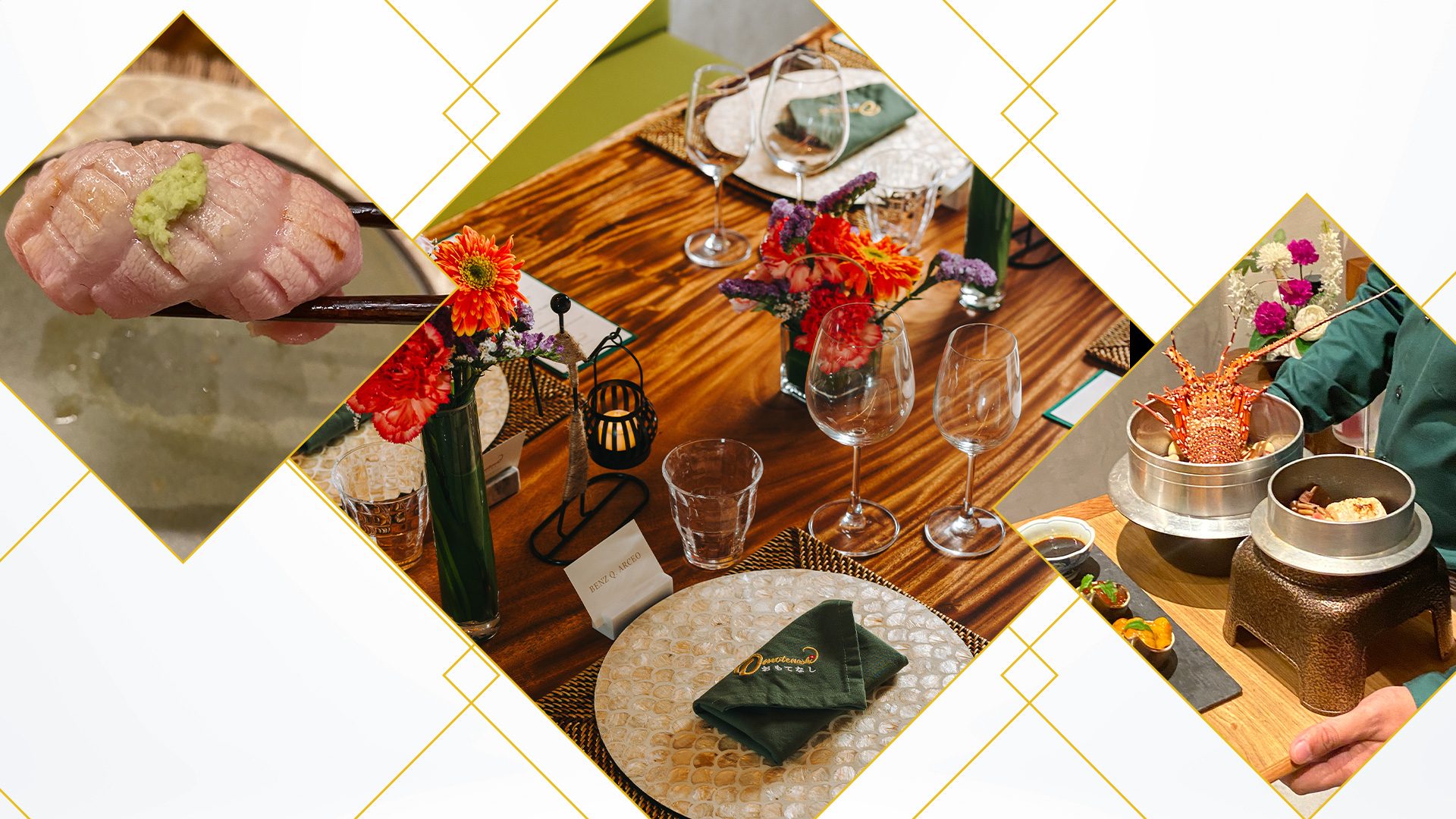
MANILA, Philippines – Put this on your 2024 foodie bucket list ASAP: a private dining omakase experience served in your home, helmed by Chef Kazunori of the eponymous Japanese fine dining gem along Chino Roces Avenue, Makati City.
Kazunori has pulled out all the stops for Omotenashi, a refined, one-of-a-kind, private dining experience that branches out beyond the restaurant’s four walls.
The name comes from the Japanese term inspired by the Japanese tea ceremony – a cultural concept of hospitality, mindfulness, attentiveness, and sincere service in one. Its attention to detail, simplicity, and elegance is evident in Kazunori’s dishes, ambiance, and service, all replicated at an intimate location most convenient for guests.
Your very own unique experience
Imagine sitting down in your dining room (or any chosen private venue), surrounded by friends and/or family, awaiting a surprise Japanese menu carefully curated by Chef Kazunori.

Your table is tailored according to preplanned bespoke dining arrangements, meticulously set by Kazunori’s team. From the floral arrangements and centerpieces to the tablecloth, napkins, dinnerware, ceramics, and name tags, all customer-facing details are taken care of and personally customized to your liking. Either a simple, elaborate, or festive dinner – it’s up to you.
Omotenashi’s service is as hands-on as possible – constant refills of beverages and in-depth explanations of every dish and its alcohol pairing, which in my experience, deepens one’s appreciation for the process behind every course.
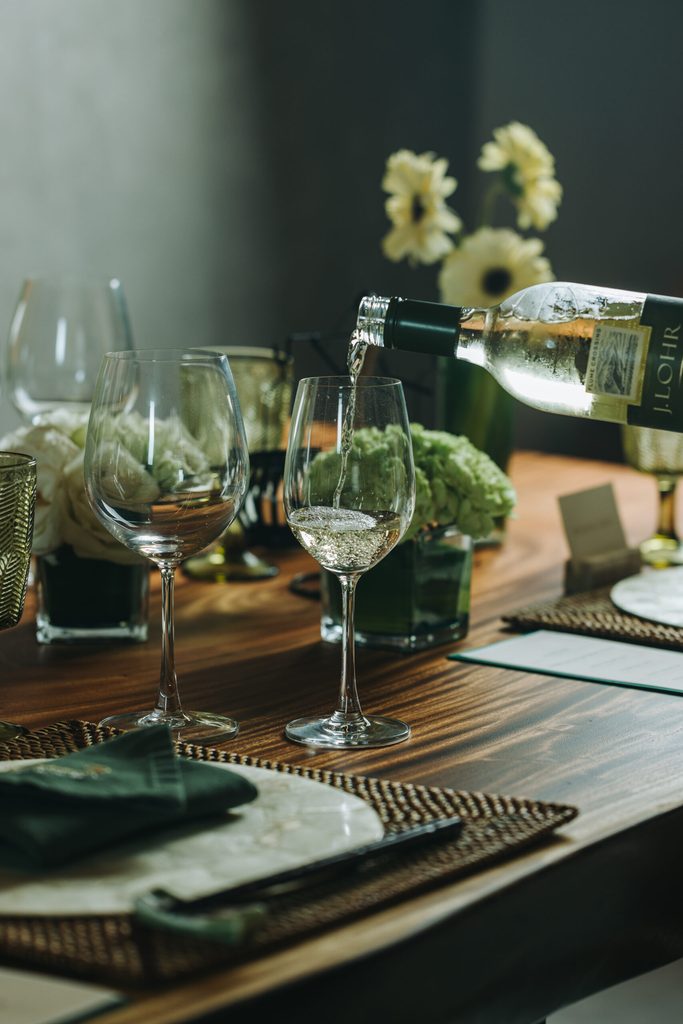
Mounting Kazunori’s premium dining experience off-site is no joke, though. According to Ryan Cruz, founder and CEO of Kazunori, there are several elements needed to pull off the experience, including the menu selection, event styling, proper storage, and logistics. That’s why an ocular is usually needed first to estimate the space available, the equipment needed, and to see if the place can accommodate appropriately.
“We must be well-equipped and have strong back-end support for mobilization. Adapting to different kitchen environments and ensuring the quality of ingredients can pose challenges when trying to deliver a high-level dining experience outside of a professional restaurant setting,” Cruz said, sharing the challenge in replicating their dishes outside the restaurant.
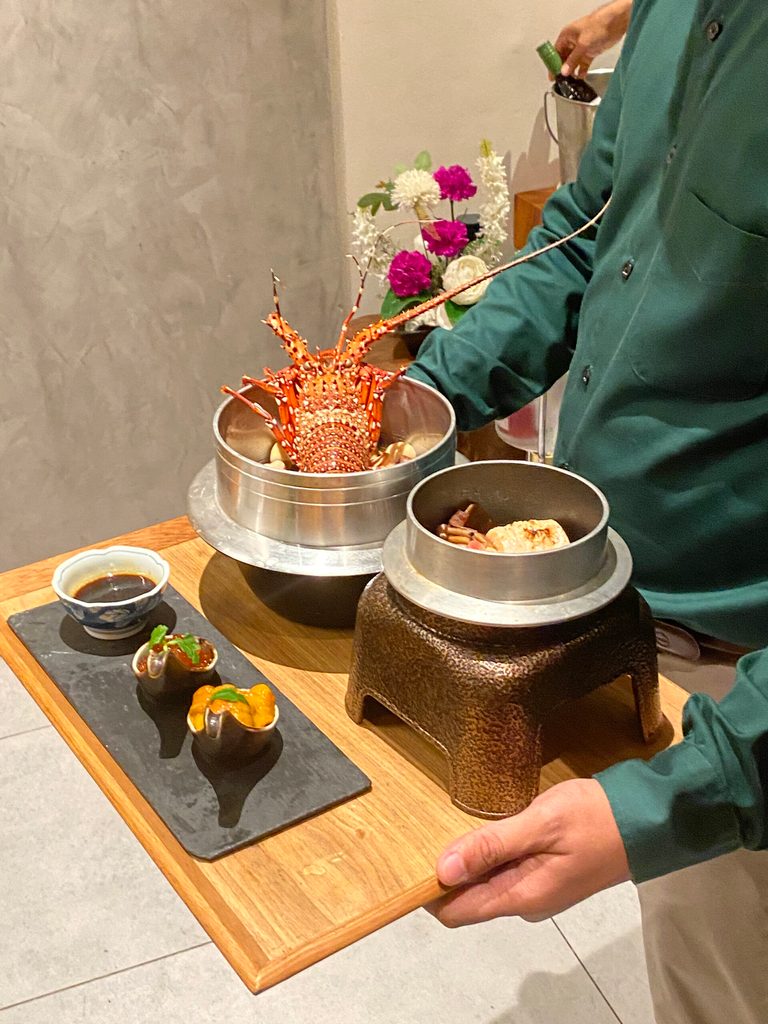
“Operating a restaurant is tough enough, even in an environment that is familiar to you. That’s why we have a specially-designed mobile kitchen truck that contains all the critical equipment needed to ensure the proper execution of the dishes,” he added.

Plus, no dinner menu is the same, Chef Kazunori guaranteed. Developing the concept is a thoughtful process, he said, that involves “considering the seasons, guest preferences, and even age and nationality,” as well as allergies and dietary concerns.
“This approach ensures that our menu resonates with a broad audience while still representing the experience that we want to give,” he said. Each curated course menu first goes through a series of tastings under a tight R&D process before anything is released.
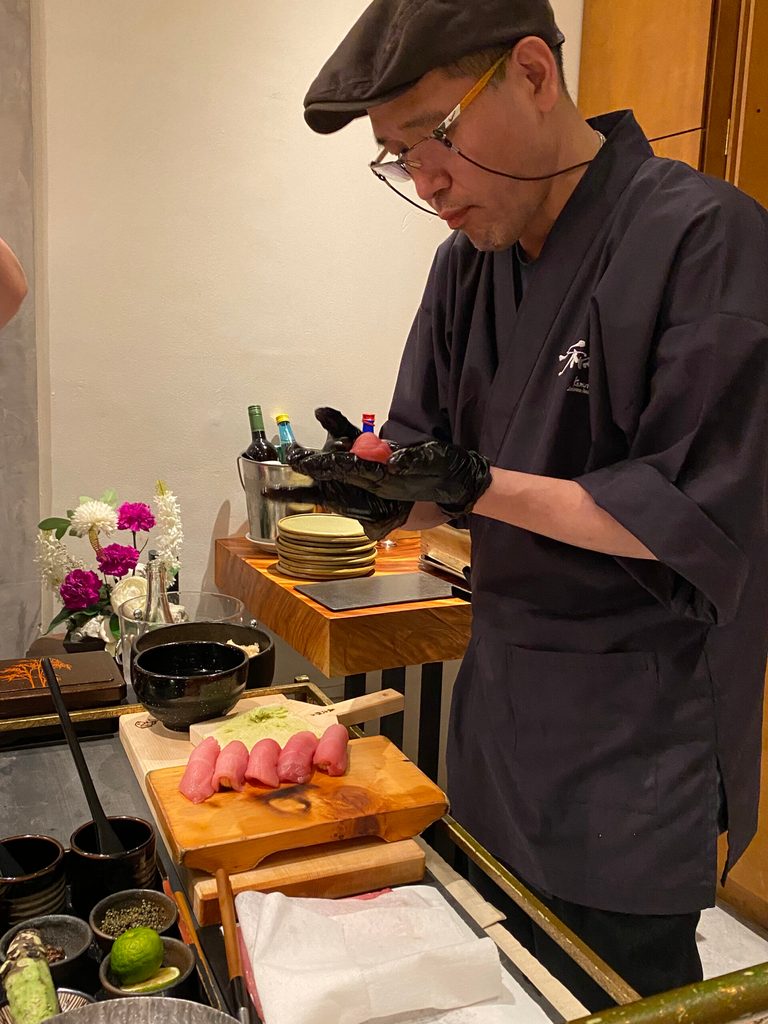
It’s a process of discernment, creativity, and resourcefulness, with Chef Kazunori highlighting only the best air-flown seafood from Japan and produce, depending on what’s in season. The choices go beyond the typical salmon or ikura – you’ll be exposed to non-mainstream Japanese ingredients and proteins, like properly sourced Kawagishi and Hitachi wagyu, Bafun uni, Matsutake mushrooms, Hamo fish, or Kobakogani (female snow) crabs.
Japanese fare on another level
It was a mind-opening culinary experience, with each course piquing my curiosity and satisfying my palate at the same time. It was my first time to try different Japanese fish, like monkfish liver, rockfish, gizzard shad, and anago (saltwater eel), all of which shone in their own right, prepared with precision, simplicity, and respect. Everything was visually appealing, too.

It was a 10-course, seafood-forward menu, with a standout beef entrée that is rightfully a signature mainstay – the Wagyu Beef Sukiyaki, an indulgent Japanese dish of thinly-sliced Wagyu beef, lightly grilled and served with a raw egg yolk and a sweet and soy-infused broth. The beef is buttery, soft, and melt-in-your-mouth heaven, magnified by the frothy sweet-savory sukiyaki sauce that’s made richer with the egg yolk whisked in. There wasn’t enough rice to sop up that sauce with!
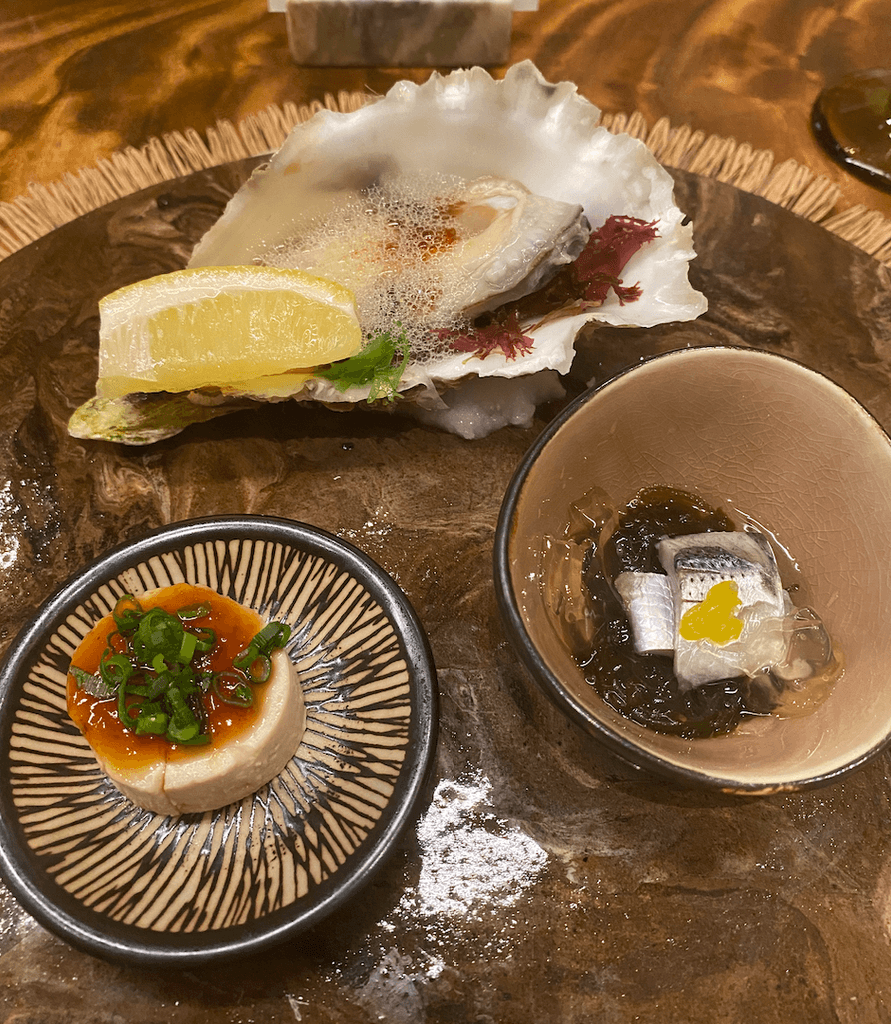
The first course set the tone in terms of freshness and simplicity – the bright Nama Maki (fresh raw oysters air-flown from Hokkaido), rich yet mild Ankimo (monkfish liver) that’s hailed the “foie gras of the sea,” and Kohada Mozuku (gizzard shad with vinegared seaweed).

I also enjoyed the plump chewiness of Hokki Aburi Sashimi, which is seared surf clam. The delicate Kinki Soup was a light but flavorful palate cleanser – the fatty and slightly sweet fish went well with the comforting and clear seafood broth.

Of course, it’s not omakase without sushi! Only the best was served by Chef Kazunori tableside: the medium fatty Chutoro Nigiri is made from sushi rice mixed with red vinegar that’s aged five years, topped with tonburi, which is a vegan “land caviar” from the Japanese cypress tree. The freshly sliced chutoro is everything you’d expect from the freshest catch – clean, fresh, and tender.

The Otoro Aburi is the fattiest part of the tuna, and this one just disappeared in my mouth in seconds (unfortunately)! I wanted more time to savor the high-grade, super fatty bluefin tuna belly – which is mildly torched – but it just melted away effortlessly; it was rich, buttery, slightly sweet, and almost creamy.

Kazunori’s signature Kuma Nabe is well-known for its adorable gelatin bear that morbidly turns into soup once the hot broth is poured into your personal wok. It becomes a delicately flavorful fish stock for fresh veggies and seafood to be cooked in by you, ala hot pot – there’s radish, shitake, namayuba, mizuno, and yuzu chicken balls, among others. They’re served with umami-rich dipping sauces made with miso and spicy radish, and a seafood kamameshi rice bowl for some carbs.

Omotenashi offers three curated packages that clients can choose from – the plated full-service option for groups of 10-20 people, which includes an appetizer, entrée, and dessert; a more casual buffet option; and the omakase, which is a “leave it up to the chef” experience. Here, the flow of the multicourse meal is left totally in the hands of Chef Kazunori and his team.

Kazunori, which opened in 2017, was named after Chef Kuramochi Kazunori. It houses the daytime Kazu Café, the main dining area featuring traditional washoku (cuisine staples), and the sushi bar for evening omakases. Kazunori uses premium ingredients air-flown from Toyosu Market and selected by resident sushi master, Chef Saito Takeru.
Kazunori is under Nippon Hasha, the restaurant group behind Mendokoro Ramenba, Ramen Yushoken, and Marudori.
To book Omotenashi for your private parties or intimate events, you can message Kazunori on Instagram. – Rappler.com
Add a comment
How does this make you feel?



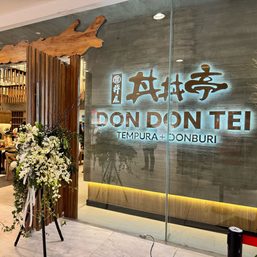
There are no comments yet. Add your comment to start the conversation.